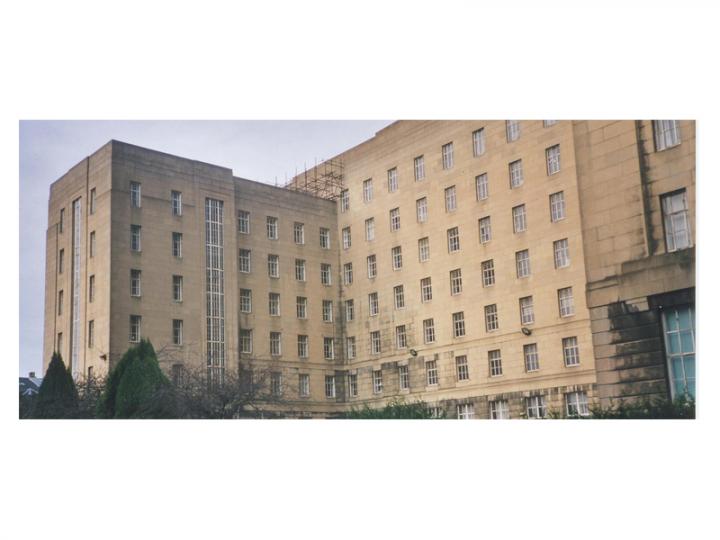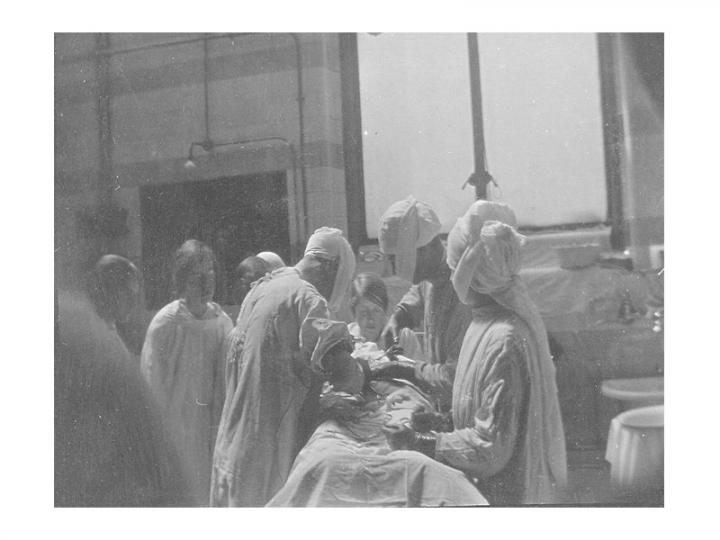History
A brief history of the Anaesthetics department through the years.
Anaesthetics department
The Department of Anaesthetics at the University of Edinburgh was first recognised through individual appointments as Lecturer in Anaesthetics but in the years following the second world war Dr John Gillies was Reader in Anaesthetics in addition to directing anaesthetic services. He was succeeded by Professor J.D. Robertson who was appointed to a personal chair. In 1984 the University established a Chair of Anaesthetics supported by a senior lecturer and two lecturers. There are at present one reader and four senior lecturers. Most of the consultant anaesthetists in the principle teaching hospitals enjoy honorary university status.
Sir James Young Simpson
Sir James Young Simpson (1811-70), was born in Bathgate and graduated MD at Edinburgh in 1832. In 1840, when only 28, he was appointed Professor of Midwifery (obstetrics and gynaecology), and rapidly consolidated its position as a popular and essential part of medical education. Simpson was the first to demonstrate the anaesthetic properties of chloroform in 1847 and immediately introduced it into obstetric and surgical practice in the Royal Infirmary. The seal of approval was given in 1853 when Queen Victoria took chloroform for the birth of Prince Leopold. The ability to anaesthetise patients revolutionised surgery in the nineteenth century. Chloroform remained in use well into the twentieth century, when it was gradually replaced by more sophisticated and less toxic agents. Simpson rapidly gained world-wide fame as the pioneer of anaesthesia, and was one of the dominant figures in the Edinburgh scene for the rest of his life.
Historical Photographs
This is a selection of photographs from the old Edinburgh Royal Infirmary site at Lauriston Place and some vintage photographs from the wards and operating theatres which we believe are circa 1900's.



















